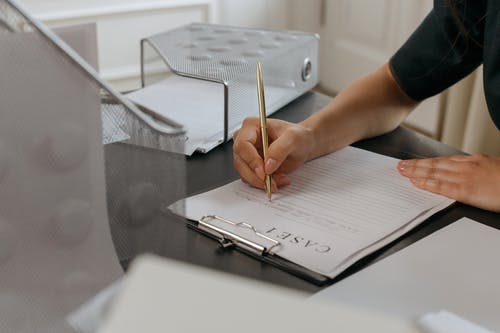In a personal injury claim, identifying and proving the liable parties is crucial to seek compensation for the harm suffered.
A personal injury claim is a legal process where an individual seeks compensation for injuries or harm caused by another party’s negligence or wrongful actions. To file a successful claim, identify the liable parties.
Negligence and Liability
Negligence is a legal term used to describe a failure to exercise reasonable care, resulting in harm to another individual. In a personal injury claim, the plaintiff (the person making a claim) must prove that the defendant (the person being sued) was negligent in their actions.
This means that the defendant failed to act in a way that a reasonable person would have acted under the same circumstances, and as a result, the plaintiff was injured.
There are different types of liable parties, including:
- Individual: A person can be held liable for personal injuries caused by their negligence. For example, if a driver is distracted and causes a car accident, they can be held liable for the injuries suffered by the other driver.
- Businesses: Businesses can also be held liable for personal injuries caused by their employees or products. For example, if a store owner fails to maintain their property and a customer slips and falls, the store owner can be held liable for the customer’s injuries.
- Government entities: Government entities can also be held liable for personal injuries caused by their negligence. For example, if a municipality fails to maintain a public sidewalk and a pedestrian is injured, the municipality can be held liable for the pedestrian’s injuries.
- Product manufacturers: Manufacturers can be held liable for personal injuries caused by a product defect. For example, if a car manufacturer produces a vehicle with faulty brakes and a driver is injured in a crash, the manufacturer can be liable for the driver’s injuries.
- Medical providers: Medical providers can also be held liable for personal injuries caused by medical malpractice. For example, if a doctor fails to diagnose a serious illness, the patient can suffer a worsened condition, and the doctor can be held liable for the patient’s injuries.
Determining liability in a personal injury claim can be complex and requires the expertise of a personal injury attorney. Pendleton Law Firm, personal injury lawyers, can help you understand the laws and regulations surrounding your situation and help identify the liable parties.
Proving Liability in a Personal Injury Claim
Proving liability in a personal injury claim can be a complex process that requires a thorough investigation. The plaintiff must prove that the defendant was negligent in their actions and that this negligence directly caused the plaintiff’s injuries.
To prove negligence in a personal injury claim, the plaintiff must prove the following elements:
- Duty of care: The defendant had a legal duty to act reasonably and prudently to prevent harm to others.
- Breach of duty: The defendant failed to fulfill this duty by acting in a way that a reasonable person would not have acted under the same circumstances.
- Causation: The defendant’s breach of duty directly caused the plaintiff’s injuries.
- Damages: The plaintiff suffered actual harm or losses due to the defendant’s actions.
Gathering Evidence

Gather as much evidence as possible to prove liability in a personal injury claim. This can include photographs of the scene of the incident, witness statements, medical records, and expert testimony.
In the case of a car accident, for example, evidence such as the police report, photographs of the vehicles involved, and surveillance footage can all be used to prove liability. In a medical malpractice case, medical records and expert testimony can be used to prove that the medical provider’s negligence caused the plaintiff’s injuries.
The burden of proof in a personal injury claim lies with the plaintiff. The plaintiff must present enough evidence to convince a jury or a judge that the defendant is liable for their injuries.
Contact a Personal Injury Lawyer
In a personal injury claim, identifying and proving the liable parties is crucial to seek compensation for the harm suffered. Liability can be established by proving negligence, which requires a thorough investigation of the facts and evidence surrounding the incident.
Gather as much evidence as possible, such as photographs of the scene of the incident, witness statements, medical records, and expert testimony, to help prove the negligence of the liable party and your claim.


Join the conversation!